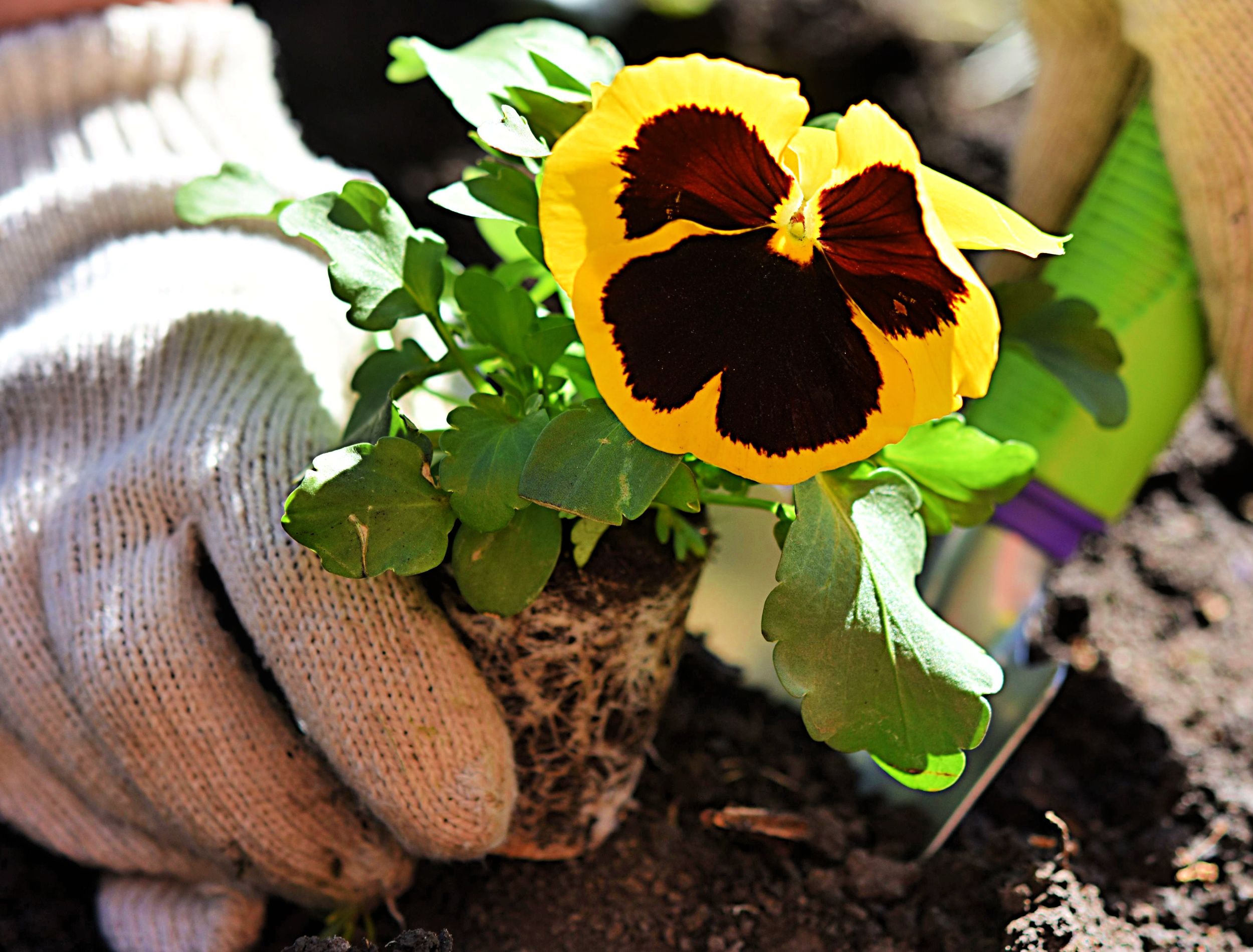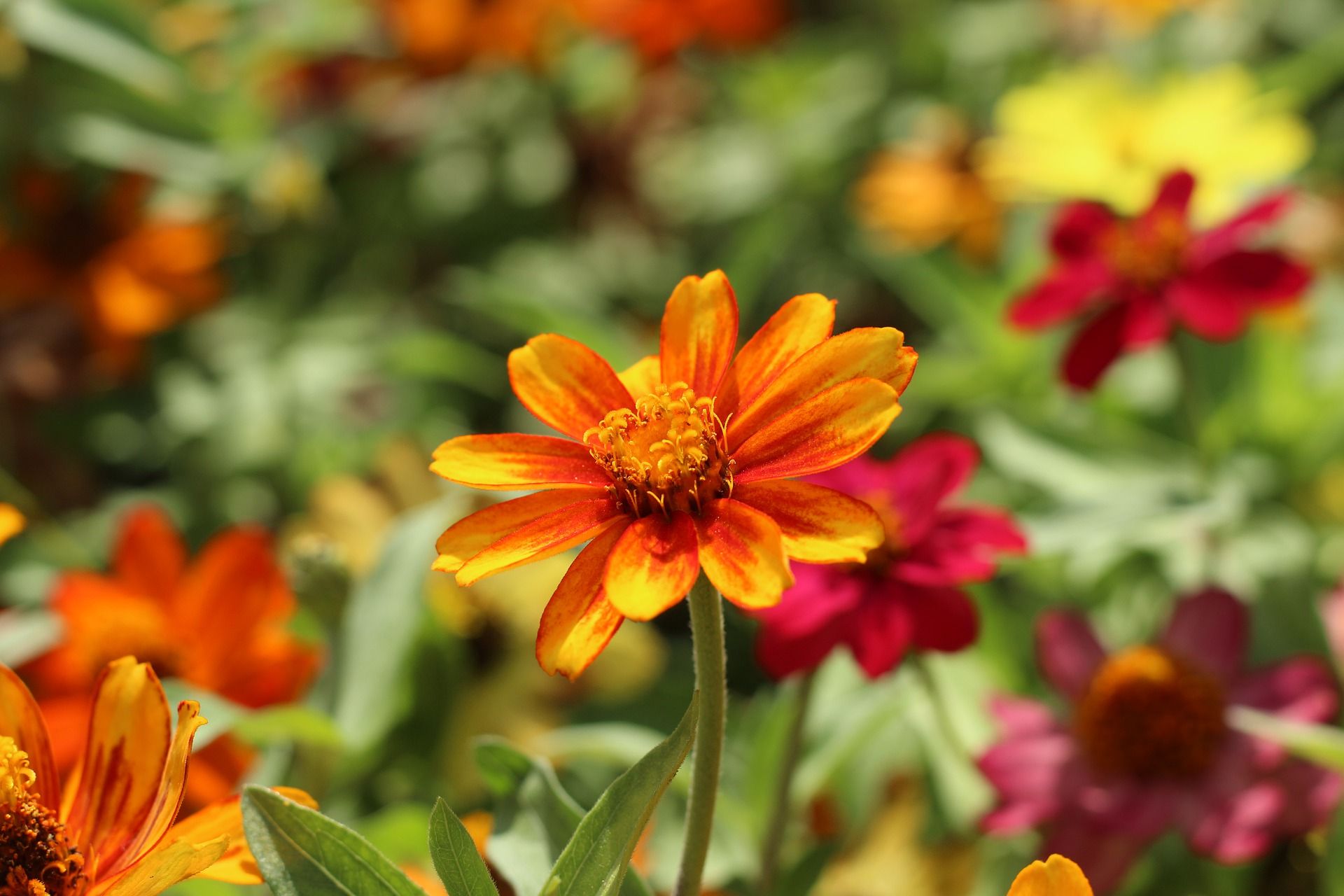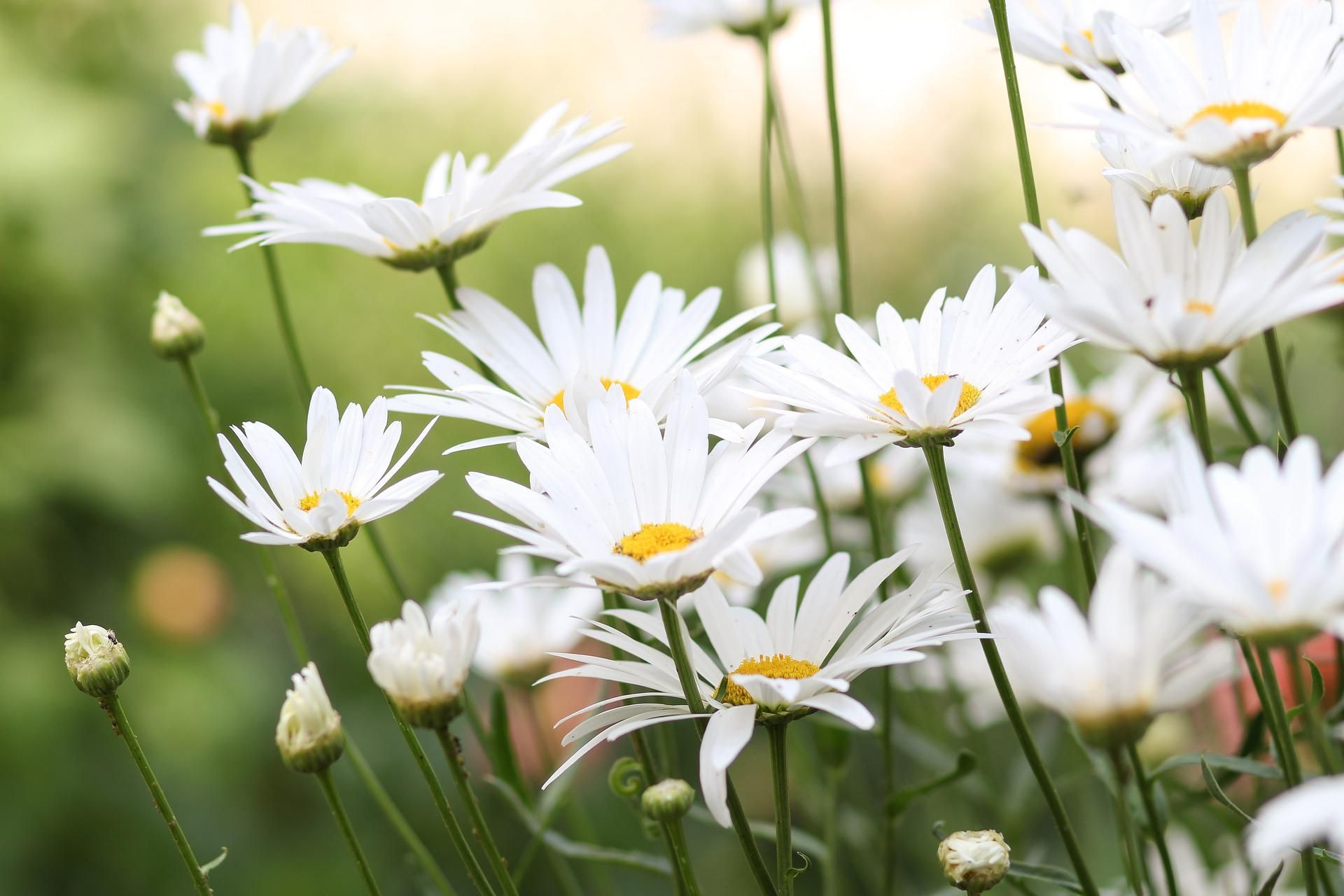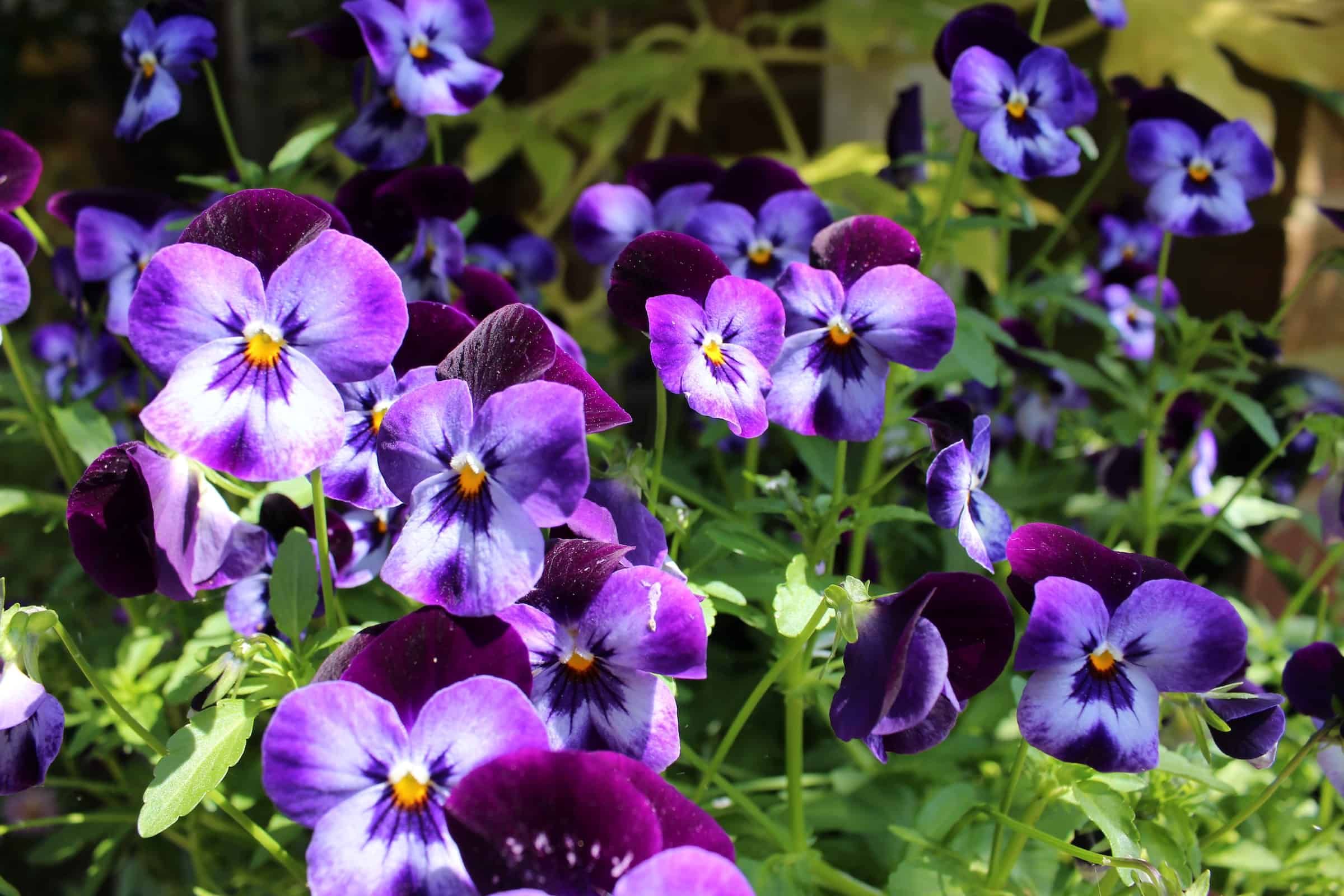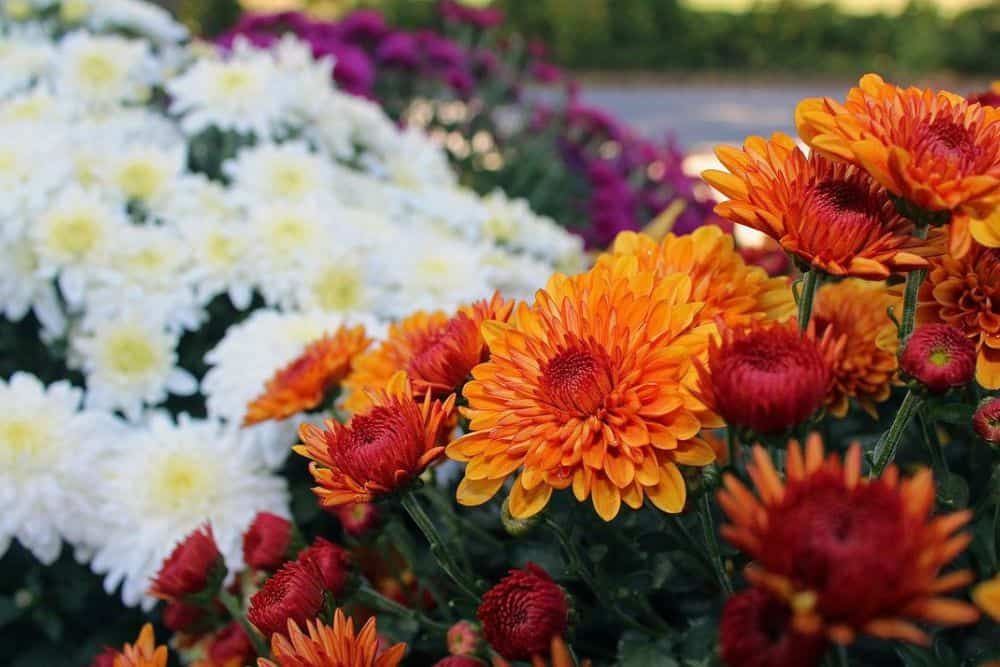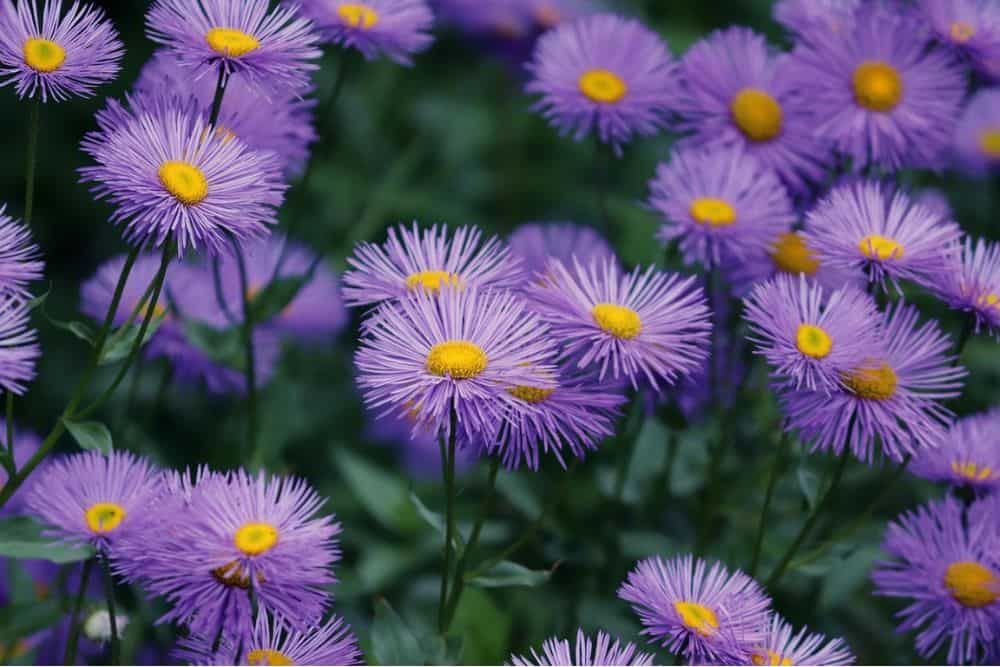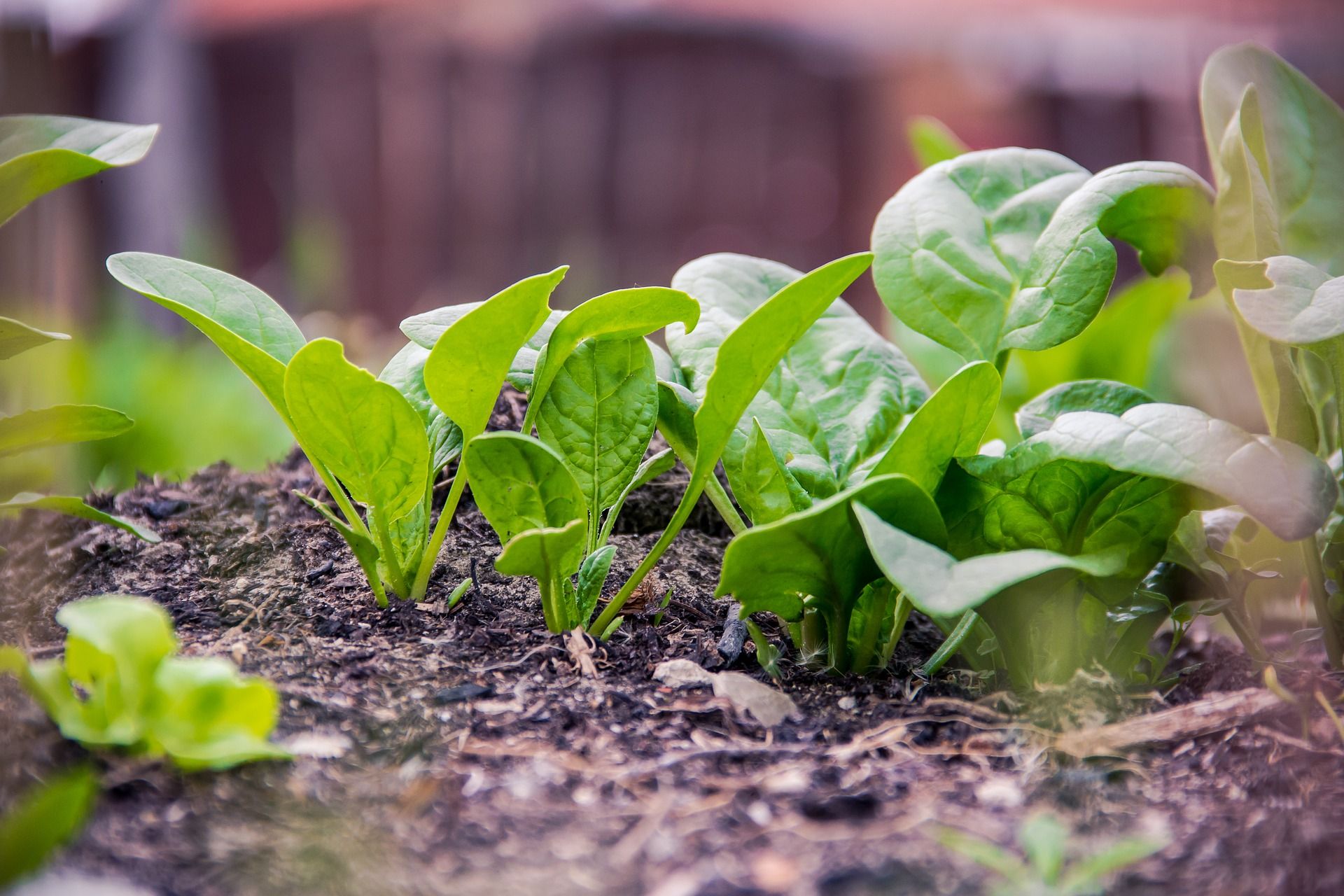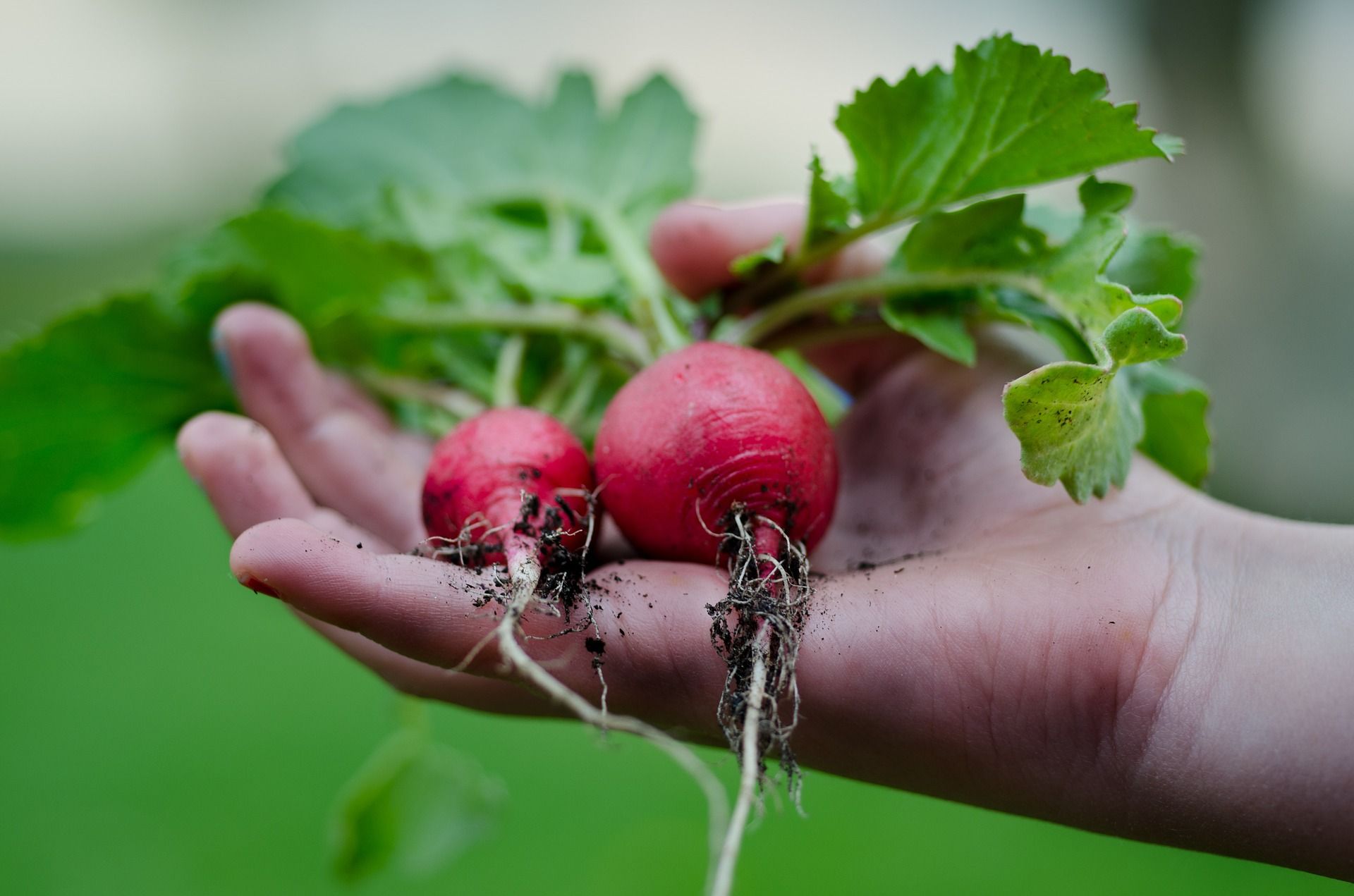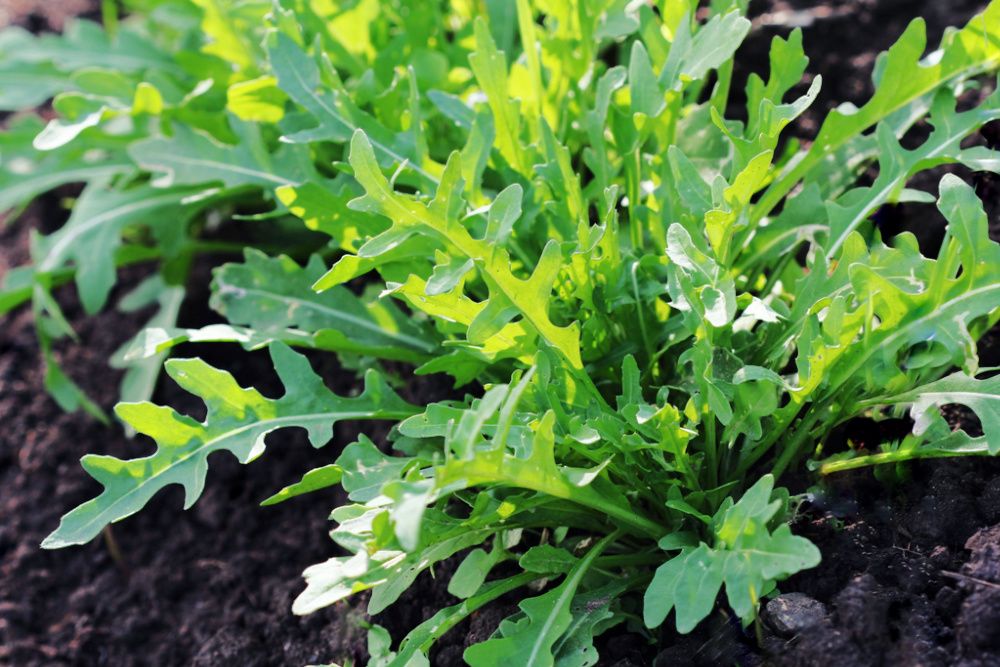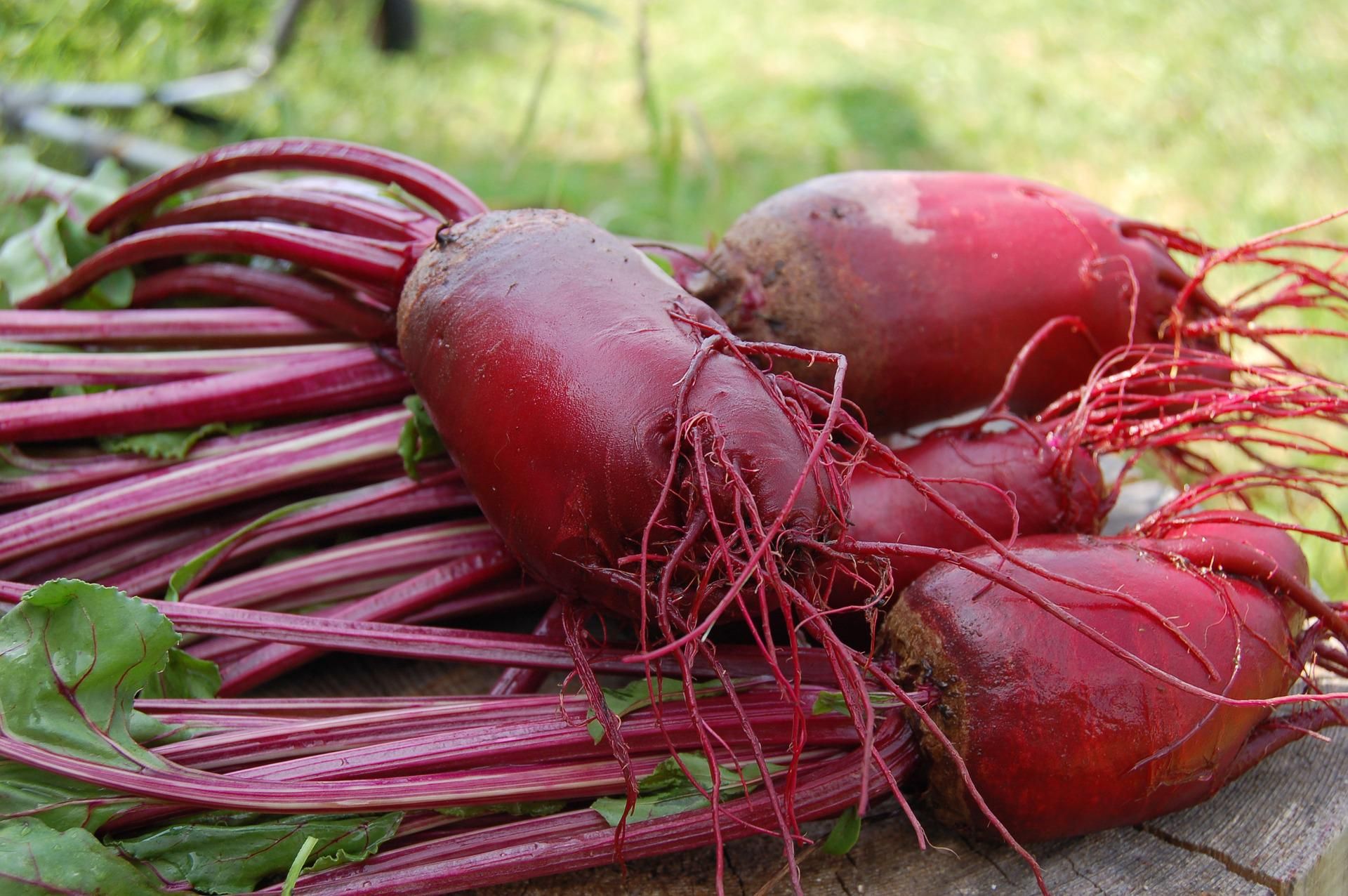As the seasons change, your garden will too. It's time to rake up leaves, remove spent annuals, and deadhead your perennials. Transitioning your summer garden to a fall garden means it's time to get those fall plants in the ground! But which flowers and veggies thrive in cool weather?
Below, you'll find the best five flowers and four vegetables to plant in September and enjoy throughout the fall. From beautiful warm-toned blooms to scrumptious roots and leafy greens, there's something for everyone. You’ll also discover a few tips and tricks for planting to help you get started.
Flowers to Plant in September
Zinnias
Image credits: artoxana via Pixabay
Available in a plethora of show-stopping colors, annual zinnias are a fast-growing and low-maintenance. With blooms that appear just a month after sowing, these flowers can even last up to the first frost, making them an excellent addition to your September plant list. They thrive in full sun with well-draining soil and monthly fertilizing.
Zinnias also attract pollinators such as butterflies and hummingbirds, so plant them in window boxes for the perfect view. With that said, the plants will thrive in anything from container gardens to garden beds and make stunning additions to floral arrangements.
Chamomile
Image credits: SerKuch via Pixabay
Chamomile plants boast a bounty of ethereal white flowers. Full sun and well-draining soil are the secret to bringing these annuals to life in your backyard. The bright yellow centers are reminiscent of summer, though they also pair well with all your fall decor, from gourds and pumpkins to autumn leaves.
Though these edible plants are sometimes considered weeds, the soft white coloring adds a fresh and warm touch to your fall garden.
You can buy bloom-ready chamomile plants and plant them now to see blooms until the first frost. Remember to plant them in containers since they have a tendency to self-seed all over the garden!
Pansies
Image credits: Karen Cann via Unsplash
Whimsical and vibrant, pansies thrive in temperatures of 40 degrees Fahrenheit at night and 60 degrees Fahrenheit during the day. They will bloom through the fall and even into the winter in areas with long periods without frost. Full sun or partial shade and well-drained soil provide optimal conditions for these hardy biennials.
The thin stems host a flurry of rounded purple petals, which are sure to make their mark, whether they're the centerpiece of your container garden or added to your garden beds. Buy plants of blooming size if you want to have immediate blooms, or plant seeds now to see blooms in the spring.
Chrysanthemums
Image credits: Genevieve Belcher via Pixabay
No fall garden would be complete without a few chrysanthemum plants. As long as you plant these flowers in your garden six weeks before the first predicted frost so the plant can establish itself.
You'll see stunning blooms in practically any color you can imagine throughout the fall. Fertile, well-drained soil and full sun will bring these vibrant colors to life.
Asters
Image credits: Manfred Richter via Pixabay
Asters are known for their soft and romantic purple puffs, which perfectly complement the warm and orange tones often associated with fall plants. The dainty perennials also come in shades of white, pink, and red. Like chrysanthemums, asters must be planted at least six weeks before the first predicted frost to develop roots properly. They also prefer full sun and well-draining soil.
As an extra special touch, asters are the birth-month flower of September. They also attract pollinators, adding extra beauty and life to your fall garden.
Vegetables to Plant in September
Spinach
Image credits: ha11ok via Pixabay
Spinach plants tend to bolt in hot weather, so September is the optimal time for planting. You should plant the seeds of this vitamin-rich leafy green around six to eight weeks before the first frost to see an abundant harvest throughout the fall. Also, soil temperatures around 45 to 68 degrees Fahrenheit will allow this annual vegetable to thrive. You can apply mulch to maintain the soil temperature during cooler weather.
Spinach will tolerate partial shade but grows incredibly well in full sun during the fall season. Remember to harvest the spinach around six weeks after sowing. Otherwise, they may become bitter.
Radishes
Image credits: Skitterphoto via Pixabay
If you're on the hunt for a delicious addition to salads, sandwiches, or slaws, plant radishes in September to enjoy a fall crop. These root vegetables require loose, airy soil, and seeds should be planted at least 6 inches deep. Remember to keep the soil moist as radishes are not drought tolerant and may develop a tough texture and bitter flavor if they suffer from under-watering.
Arugula
Image credits: vaivirga via Shutterstock
Arugula is another excellent addition to salads and sandwiches. This fast-growing vegetable is ready around three to five weeks after planting. The tangy annual tolerates frost, but you should plant it several weeks before the last frost to make the most of the crops.
Soil with a neutral pH and consistent moisture will help these plants thrive. Arugula plants also produce creamy white flowers and thick stems, which can be eaten or used as fillers in bouquets.
Beets
Image credits: Alexey_Hulsov via Pixabay
Beets grow best in the cool temperatures of spring and fall, and they are ideal additions to classic fall meals, such as risotto and tomato soup. They require deep soil to grow and can withstand light frosts. Though beets tolerate partial shade, they prefer four to six hours of sunlight daily. Plant seeds now, and you should see crops within 60 days!
Get Gardening!
The warm summer months may be gone, but your garden can thrive well into the fall and cooler months. Whether you prefer scrumptious veggies, vibrant flowers, or both, there's something for every fall garden. Well-draining soil and plenty of sunlight are the secret to ensuring these plants continue to grow.
Will you add any of these flowers or veggies to your fall garden? Share in the comments below!

